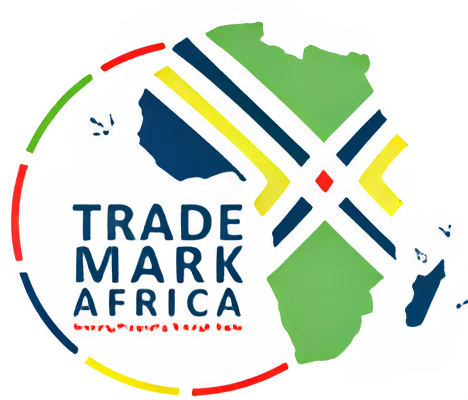Africa took a giant stride along the path of increased economic co-operation, with the launch of the Africa Continental Free Trade Area (AfCFTA) in March 2018. The move was widely hailed as a major milestone towards the long-standing goal of creating a unified continental market.
AfCFTA is hailed as one of the most exciting new developments on the continent, with the potential to connect African countries from the Atlantic to the Indian Ocean, and from Cape Town to Cairo. By liberalising trade, AfCFTA will help countries grow economies and create jobs.
If fully implemented, AfCFTA would see the creation of the world’s largest free trade area since inauguration of the World Trade Organisation in 1995, boasting a domestic market of more than 1.2 billion people, and a collective gross domestic product of $2.6 trillion.
Effective implementation of AfCFTA would be transformational. The African Development Bank has forecast that elimination of bilateral tariffs on goods and services would increase intra-African trade by 15 per cent. Yet significant barriers remain beyond tariffs. Without a focus on implementation, we could see a trade agreement that is largely unusable.
Many African countries are members of several regional economic communities — the East African Community, the Common Market for Eastern and Southern Africa, the Southern African Development Community and the Economic Community of West African States — applying different rules of origin, trading standards and cross-border procedures, all making it costly to trade.
The World Bank Doing Business report for 2020 shows that while it costs around $98 in an OECD high income country to comply with border procedures of clearing a shipment, in sub-Saharan Africa it costs around $691. At seven times the cost, trading within Africa is much less competitive than in Europe, Asia or the Americas.
Overlapping membership of economic blocs carries the problem of disparate cross-border trade regulations, unharmonised Customs procedures and differing border opening hours. There are also multiple administrative procedures associated with information availability, fees and user charges. These non-tariff barriers (NTBs) have a tariff equivalent effect to intra-Africa trade, making business extremely costly.
African countries are connected, bilaterally or multilaterally, by several corridors. Often the connecting infrastructure of border crossings, access roads, bridges and bypasses are non-existent or in a dilapidated state.
Investing in physical connectivity — including rail, road and telecommunications infrastructure — will further contribute to growth in intra-African trade.
Rapid economic growth and trade will result in increased air pollution, with transportation along key corridors being a significant contributor to greenhouse gas emissions. Interventions must be made to mitigate adverse climate change effects to ensure lower carbon impact and environmentally sustainable trade.
To create a truly continental market, countries will have to adopt simplified rules of origin — widely seen as the passport for free movement of goods — and eliminate NTBs such as quotas and product standards. In addition, there needs to be increased trade connectivity between African countries, without which intra-African trade will not grow.
Eastern Africa stands to be one of the chief beneficiaries of such changes. The region has a combined GDP of $880 billion, and had a population of 437 million in 2018. Yet the region’s economies remain highly fragmented, with low and declining levels of intra-regional trade. Kenya and Ethiopia, the region’s two-largest economies, barely trade with each other, posting annual bilateral trade of less than $100 million.
A report published in early March by the United Nations Economic Commission for Africa and TradeMark Africa estimates that the reduced cost of goods and services arising from full implementation of AfCFTA could lead to gains of $1.8 billion for the Eastern Africa. The report adds that effective implementation of AfCFTA could boost regional trade by between $737 million and $1.1 billion, while creating between 700,000 and two million new jobs.
There is an urgent need to convert the strong political will driving the AfCFTA agenda into the delivery of concrete results. Effective trade facilitation initiatives include enhancing port efficiency (through improved infrastructure and operations); eradicating non-tariff barriers; introducing electronic systems that empower governments to increase collections, reduced clearance costs and improved trade infrastructure at border posts.
These interventions tackle not just the symptoms but the root causes, and help countries to develop sustainable channels of growth that increase economic opportunity for citizens by creating jobs, improving transparency, accountability and the capacity for generating revenues.


